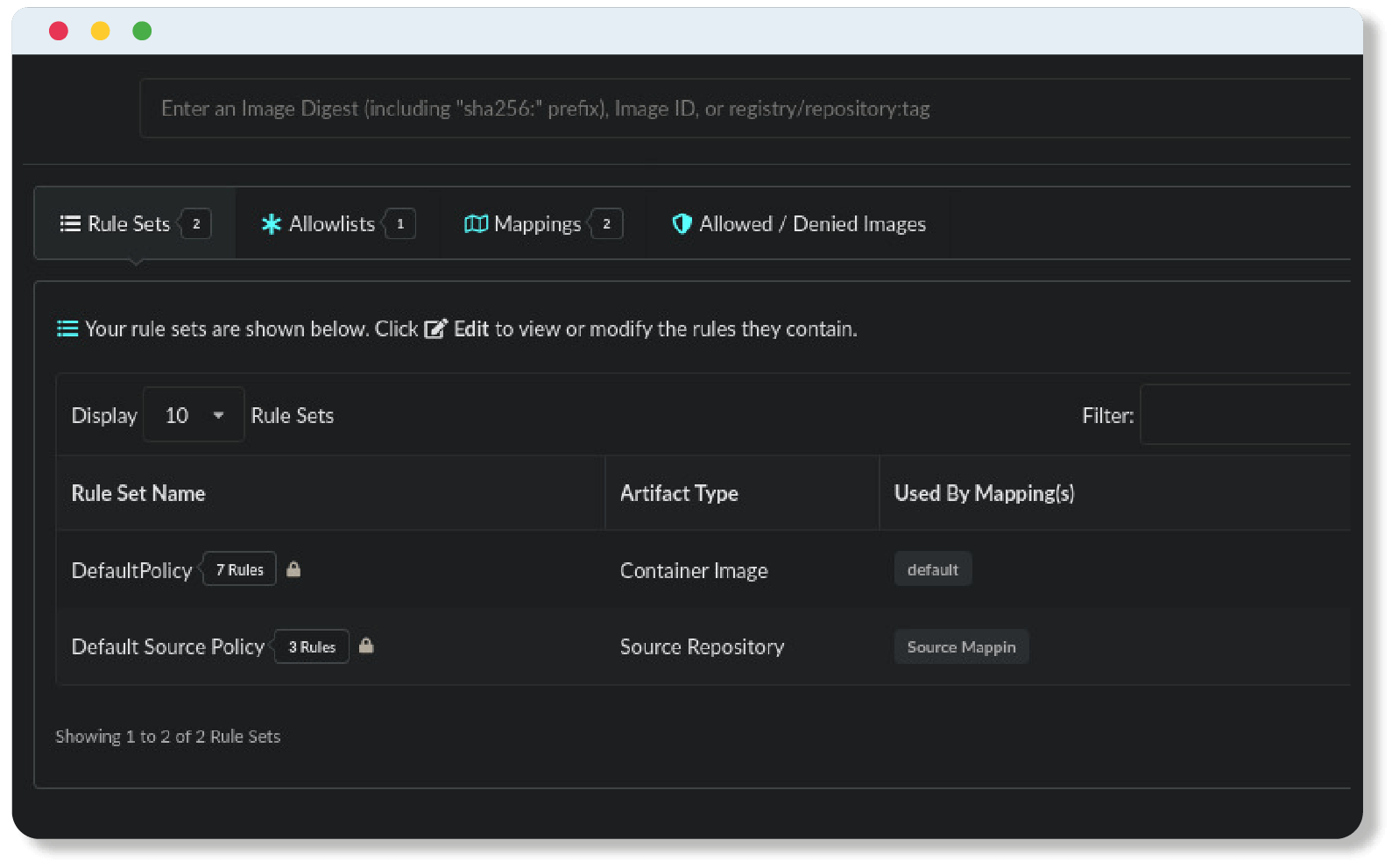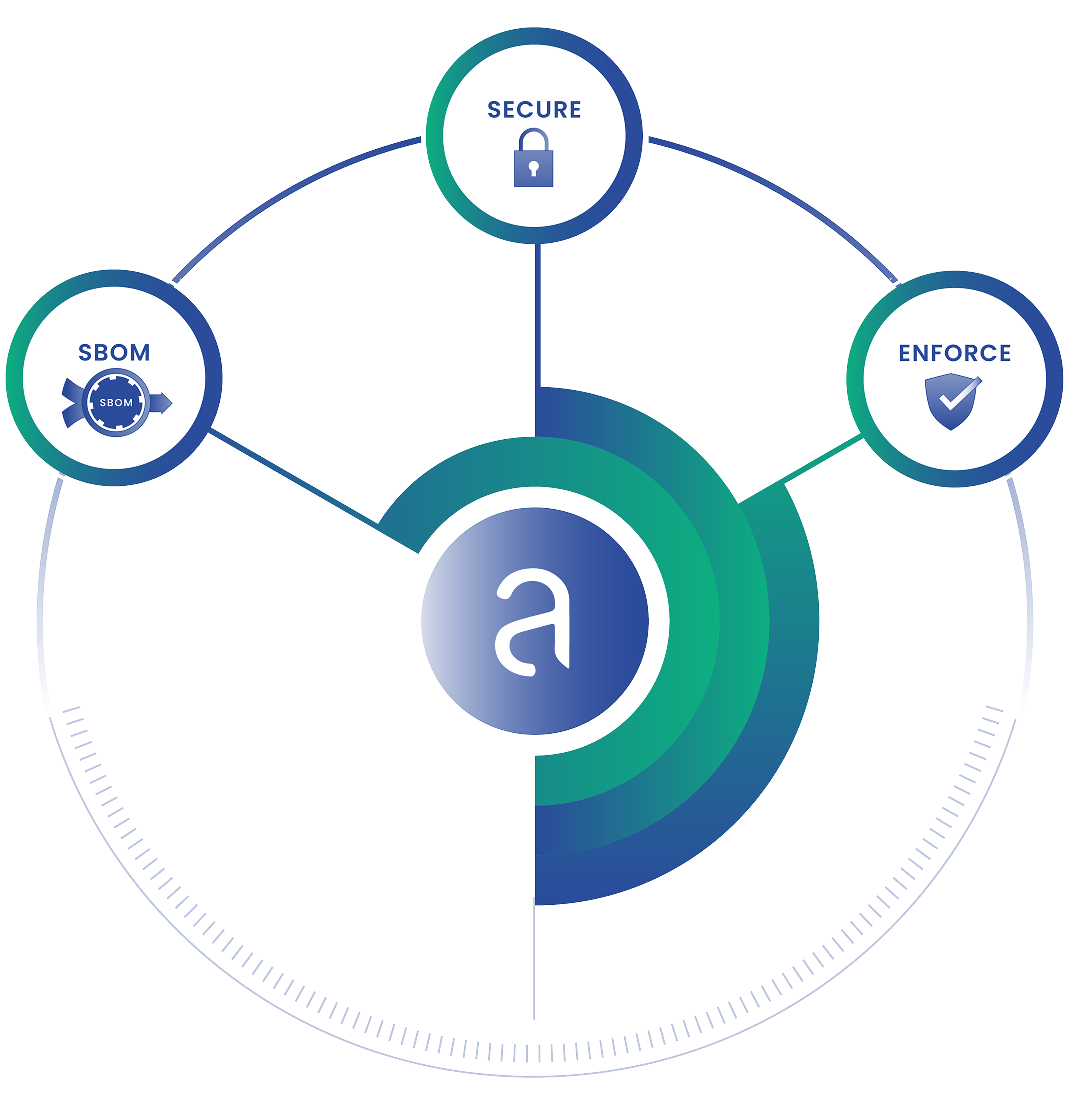The Department of Homeland Security recently issued the Binding Operational Directive 19-02, “Vulnerability Remediation Requirements for Internet-Accessible Systems.” A binding operational directive is a compulsory direction to the federal, executive branch, and departments and agencies for purposes of safeguarding federal information and information systems. Federal agencies are required to comply with DHS-developed directives.
As the development and deployment of internet-accessible systems increases across federal agencies, it is imperative for these agencies to identify and remediate any known vulnerabilities currently impacting the systems they manage. The purpose of BOD 19-02 is to highlight the importance of security vulnerability identification and remediation requirements for internet-facing systems. Additionally, layout required actions for agencies when vulnerabilities are identified through Cyber Hygiene scanning. The Cybersecurity and Infrastructure Security Agency (CISA) leverages Cyber Hygiene scanning results to identify cross-government trends and persistent constraints, to help impacted agencies overcome technical and resource challenges that prevent the rapid remediation of security vulnerabilities. These Cyber Hygiene scans are in accordance with Office of Management and Budget (OMB) Memorandum 15-01: Fiscal Year 2014-2015 Guidance on Improving Federal Information Security and Privacy Management Practices, from which the NCCIC conducts vulnerability scans of agencies’ internet-accessible systems to identify vulnerabilities and configuration errors. The output from these scans can be known as Cyber Hygiene reports, which score any identified vulnerabilities with the Common Vulnerability scoring system or CVSS.
“To ensure effective and timely remediation of critical and high vulnerabilities identified through Cyber Hygiene scanning, federal agencies shall complete the following actions:”
Review and Remediate Critical and High Vulnerabilities
Review Cyber Hygiene reports issues by CISA and remediates any critical and high vulnerabilities detected on Internet-facing systems:
- Critical vulnerabilities must be remediated within 15 calendar days of initial detection.
- High vulnerabilities must be remediated within 30 calendar days of initial detection.
How Anchore Fits In
As federal agencies continue to transform their software development, it is necessary for them to incorporate proper security solutions purpose-built to identify and prevent vulnerabilities that are native to their evolving technology stack.
Anchore is a leading provider of container security and compliance enforcement solutions designed for open-source users and enterprises. Anchore provides vulnerability and policy management tools built to surface comprehensive container image package and data content, protect against security threats, and incorporate an actionable policy enforcement language capable of evolving as compliance needs change. Flexible and robust enough for the security and policy controls regulated industry verticals need to adopt cloud-native technologies in a DevSecOps environment.
One of the critical points of focus here is leveraging Anchore to identify known vulnerabilities in container images. Anchore accomplishes this by first performing a detailed analysis of the container image, identifying all known operating system packages and third-party libraries. Following this, Anchore will map any known vulnerabilities to the identified packages within the analyzed image.
Viewing Vulnerabilities in the UI
Anchore Enterprise customers can view identified vulnerabilities for analyzed images, by logging into the UI, and navigating to the image in question.
In the above image, we can see that CVE-2019-3462 is of severity high, linked to the OS package apt-1.0.9.8.4, and there is a fix available in version 1.0.9.8.5. Also presented in the UI, is a link to where the CVE information comes from. Based on the requirements of BOD 19-02, this high-severity vulnerability will need to be remediated within 15 days of identification.
Note – A list of vulnerabilities can also be viewed using the Anchore CLI which can be configured to communicate with a running Anchore service.
Also, the dashboard view provides a higher-level presentation of the vulnerabilities impacting all images scanned with Anchore.
Viewing Vulnerabilities in the Build Phase
Anchore scanning can be integrated directly into the build phase of the software development lifecycle to identify security vulnerabilities, and potentially fail builds, to prevent vulnerable container images from making their way into production registries and environments. This point of integration is typically the fastest path to vulnerability identification and remediation for development teams.
Anchore provides a Jenkins plugin that will need to be configured to communicate with an existing Anchore installation. The Anchore Jenkins plugin surfaces security and policy evaluation reports directly in the Jenkins UI and as JSON artifacts.
Note – For more information on how custom Anchore policies can be created to fulfill specific compliance requirements, contact us, or navigate to our open-source policy hub for examples.
Registry Integration
For organizations not scanning images during the build phase, Anchore can be configured to integrate directly with any docker_v2 container registry to continuously scan the repositories or tags.
Ongoing Vulnerability Identification
It is not uncommon for vulnerabilities to be published days or weeks after an image has been scanned. To address this, Anchore can be configured to subscribe to vulnerability updates. For example, if a user is subscribed to the library/nginx:latest image tag and a new vulnerability is added which matches a package in the subscribed nginx image, Anchore can send out a Slack notification. This alerting functionality is especially critical for the BOD 19-02 directive as the remediation requirements are time-sensitive, and agencies should be alerted of new threats ASAP.
Conclusion
Anchore continues to provide solutions for the government, enterprises, and open-source users, built to support the adoption of container technologies. By understanding that containers are more than just CVEs and lists of packages, Anchore takes a container-native approach to image scanning and provides end-users with a complete suite of policy and compliance checks designed to support a variety of industry verticals from the U.S. Government and F100 enterprises to start-ups.





